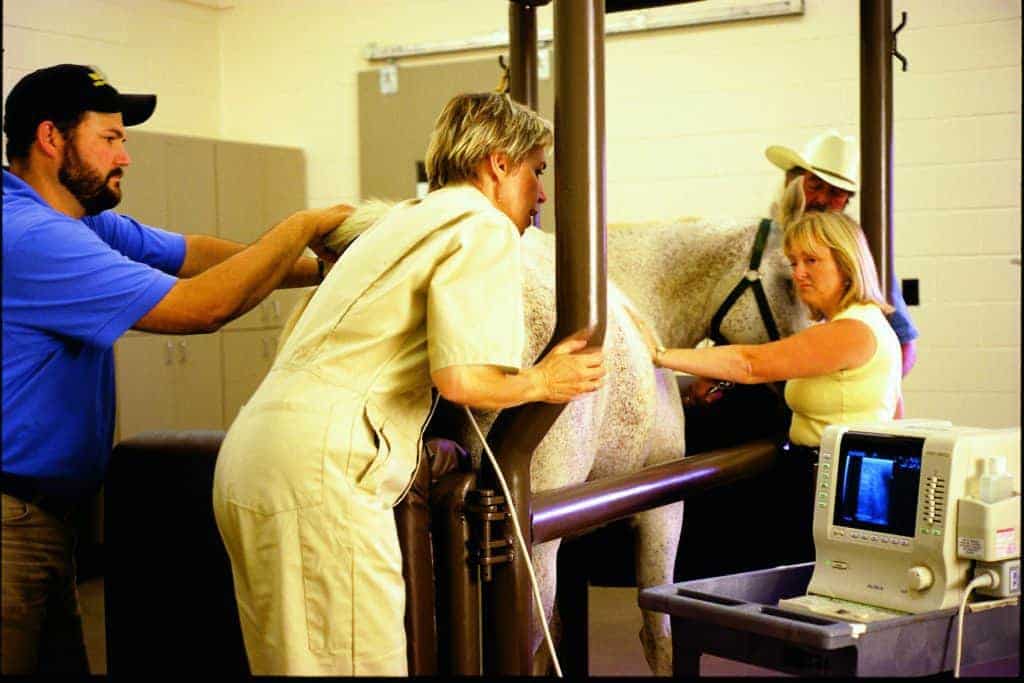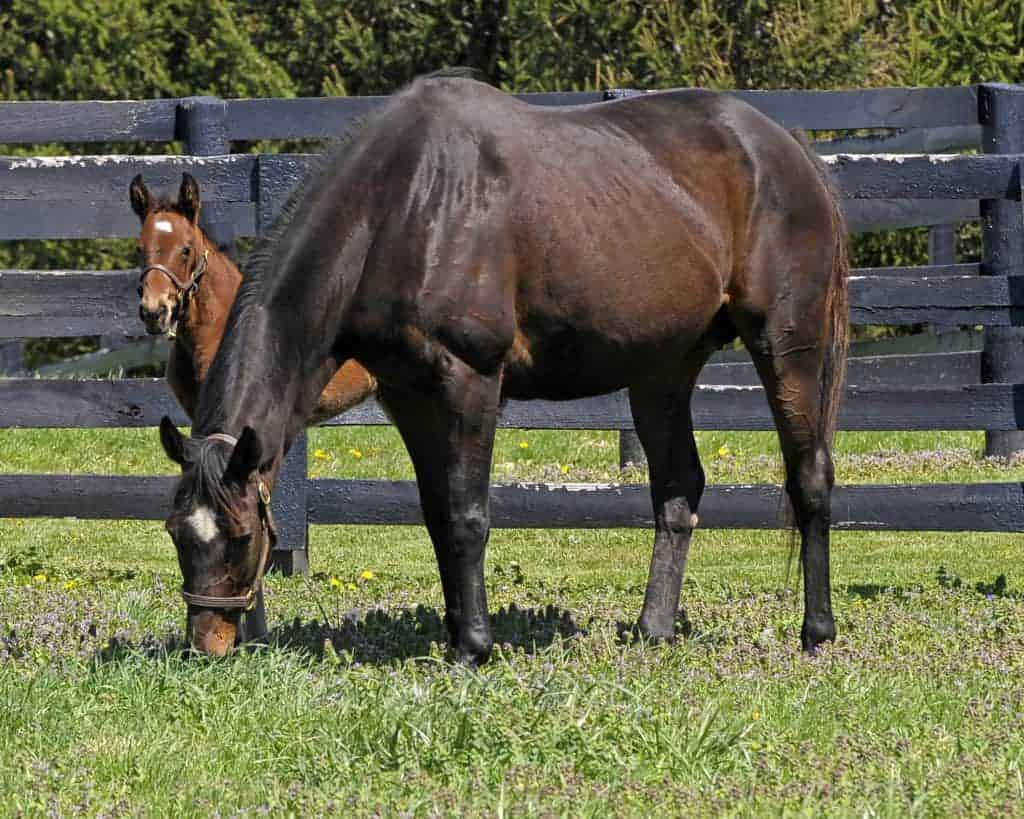OC Researcher Named AAEP Past Presidents’ Research Fellow
McCoy’s research investigates genetic risk factors for the development of osteochondrosis (OC).
McCoy’s research investigates genetic risk factors for the development of osteochondrosis (OC).
Sydney Hughes research has been on athletic performance of Thoroughbred foals born to mares with placentitis
Researchers aimed to establish a reference range for ocular fluid nitrate/nitrite concentrations in dead foals

In some mares chronic uterine inflammation is a persistent problem that can interfere with pregnancy.

New research indicates that ancient stallions were far more genetically diverse before domestication.
The first equine genome was sequence was completed in 2007, but what is the state of that sequence in 2011?

Christine Aurich, DVM, PhD, Dipl. ECAR, composed a comprehensive report about mares’ reproductive cycles.

Researchers are learning what genes (when found or not found) could suggest about a Thoroughbred’s potential.
The UKVDL reported an increased number of abortions and abnormal placentas due to nocardioform placentitis.

Learn about the basics of equine genetics and the different applications they have in equine performance.
The combination of genomics and pedigree theory hasn’t come close to reaching its potential, speakers agreed.
The first day of the Thoroughbred Genetics, Pedigree, and Performance Conference provided informative sessions

Peripartum colic is a common but sometimes life-threatening complication often seen in broodmares.

University of Kentucky researchers examine the genetics of congenital flexural limb deformities in foals.

Special considerations should be made when evaluating a colicky foal as opposed to an adult horse.
Gluck faculty members will speak at the 2011 Thoroughbred Pedigree, Genetics, and Performance Conference.
Stay on top of the most recent Horse Health news with
"*" indicates required fields